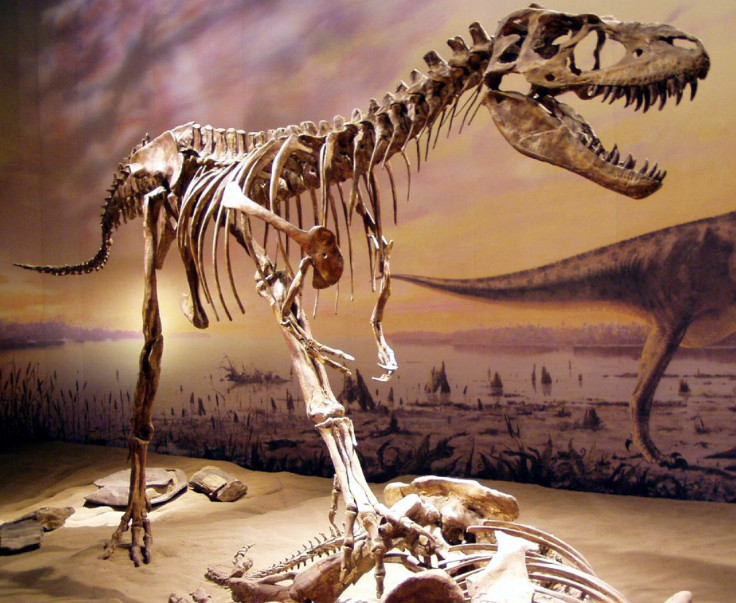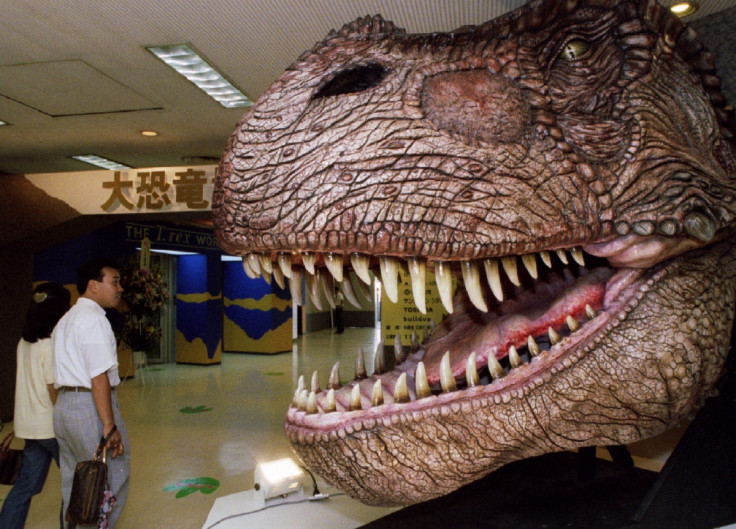Dinosaur Suffering From Brain Tumour Unlocks Secrets of the Immune System

Dinosaurs had metabolisms so strong they could recover from infections and injuries that would kill off most mammals today, claim experts.
A recently discovered fossil of a Gorgosaurus has helped unlock the riddles of how dinosaurs survived in harsh and brutal climates, teeming with predators.
Scientists have been studying the fossilised bones of the giant predator, believed to be a distant relative of Tyrannosaurus rex which lived 72 million years ago.
The remains of the Gorgosaurus were found to have serious injuries and bacterial infections, causing dinosaur experts at first to believe that this was a very sickly specimen.
However, on closer examination, the fossil remains showed remarkable powers of recovery, managing to stay alive from a catalogue of devastating injuries including a brain tumour, multiple broken ribs, tail vertebrae fused together by a possible infection or cancer, and a bacterial infection eating deep into its jaw.
"When each bone of the Gorgosaurus was viewed in isolation, it was obvious that this animal had a suite of serious injuries," Phil Manning, professor of natural history at Manchester University told the Sunday Times.

The scientist is in charge of studying the fossil. "What is more incredible, it was clear that she had survived, as many of the traumas showed clear signs of healing," he added.
"If we humans were to sustain a similar suite of injuries and disease, we would not live to see another day."
It's thought that the dinosaurs had incredibly strong infection-resistant immune systems which allowed them to heal from broken bones and bacterial infections.
Further studies of the Gorgosaurus reveal that it was a juvenile, with a tumour in its brain which would have impeded it walking properly and affecting its balance. This theory is borne out by the animal having sustained several injuries possible brought on by repeated falls.
Information and data about the dinosaur was possible through modern scanning technology, with X-rays used to see into the bone structure.
3D laser imaging was used to shed new light on the healing processes that took place when the animal was still alive.
It's hoped that these findings will increase science's understanding of antibodies and develop drugs to improve immune systems in humans.
The fossil of this particular dinosaur was discovered in Montana, USA, and is believed to be one of the most complete ever found. Just 20 Gorgosaurus specimens have ever been found, all in North America.
The Gorgosaurus will take up permanent residence at the Manchester Museum after the exhibition.
© Copyright IBTimes 2025. All rights reserved.






















